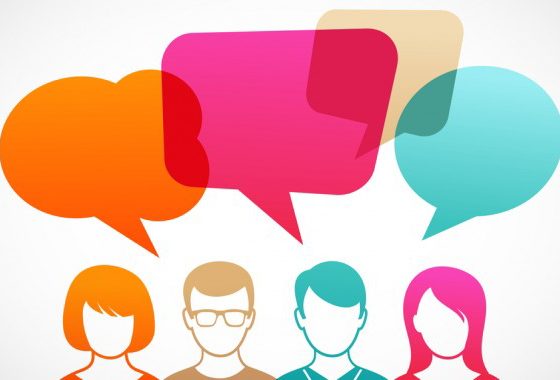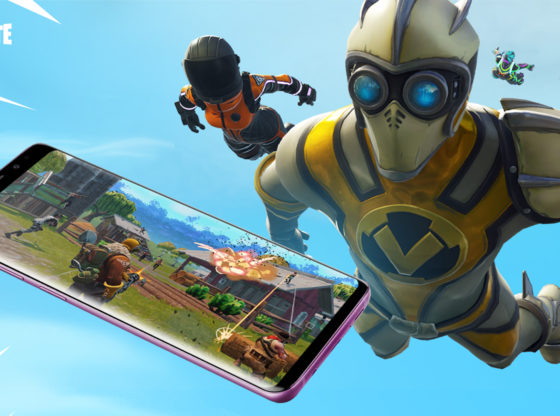Sitting here this morning sipping my coffee, I watched fascinated as my 5-year-old daughter set up a VPN connection on her iPad while munching on her breakfast out of absent-minded necessity.
It dawned on me that, while daughter has managed to puzzle out how to route around geofencing issues that many adults can’t grasp, her safety online is never something to take for granted. I have encountered parents that allow their kids to access the Internet without controls beyond “don’t do X” — which we all know is as effective as holding up gauze in front of semi and hoping for the best (hat tip to Robin Williams).
More parents need to be made aware that on the tubes of the Internet, “here be dragons.”
First and foremost for keeping your kids safe online is that you need to wrap your head around a poignant fact. iThingers and their ilk are NOT babysitters. Please get this clear in your mind. Yes, I have been known to use these as child suppression devices for long car rides but, we need to be honest with ourselves. Far too often they become surrogates and this needs to stop. When I was kid my folks would plonk me down in front of the massive black and white television with faux wood finish so I could watch one of the three channels. Too a large extent this became the forerunner of the modern digital iBabysitter.
These days I can’t walk into a restaurant without seeing some family engrossed in their respective devices oblivious of the world around them, let alone each other. Set boundaries for usage. Do not let these devices be a substitute parent or a distraction and be sure to regulate what is being done online for both you and your child.
I have had conversations about what is the best software to install on a system to monitor a child’s activity with many parents. Often that is a conversation borne out of fear of the unknown. Non-technical parents outnumber the technically savvy ones by an order of magnitude and we can’t forget this fact. There are numerous choices out there that you can install on your computer but, the software package that is frequently overlooked is common sense.
All kidding aside, there seems to a precondition in modern society to offload and outsource responsibility. Kids are curious and they will click links and talk to folks online without the understanding that there are bad actors out there. It is incumbent upon us, the adults, to address that situation through education. Talk with your kids so that they understand what the issues are that they need to be aware of when they’re online. More importantly, if you as a parent aren’t aware of the dangers that are online you need to avail yourself of the information.
This is where programs such as the ISC2’s “Safe and Secure Online” come in.
Protecting your children is your top priority and helping children protect themselves online is ours. The (ISC)² Safe and Secure Online (SSO) program brings cyber security experts into classrooms and to community groups like scouts or sports clubs at no charge to teach children ages 7-10 and 11-14 how to stay safe online. We also offer a parent presentation so that you may learn these vital tools as well.
This is by no means that only choice out there but, it is a good starting point. The Internet is a marvelous collection of information but, as with anything that is the product of a hive mind, there is a dark side. Parents and kids need to take the time to arm themselves with the education to help guard against perils of the online world.
If you don’t know, ask. If you don’t ask, you’ll never know.
Originally posted on CSO Online by me.










